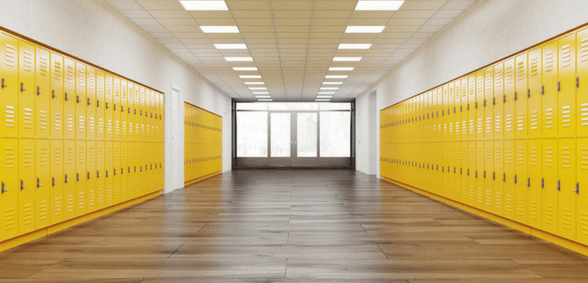
On September 3, 2018, the Department for Education’s statutory guidance Keeping children safe in education (KCSIE) 2016 will be updated.
Dawn Jotham, product development lead for education at EduCare, takes a look at the key changes and the ways in which you should prepare for this.
General changes to KCSIE
Throughout the new statutory guidance document improved definitions have been made and it contains additional information on the use of ‘must’ and ‘should’. The term ‘must’ is for when the person in question is legally required to do something and ‘should’ is used when the advice set out should be followed unless there is good reason not to do so. Having reviewed each section of the KCSIE I have listed the main changes below.
Part one: safeguarding information for all staff
The role of the designated safeguarding lead (DSL)
This section now provides clearer information about the role of the DSL and their deputies; for example, the section now states that the identity of the DSL and any deputies should be shared at induction. (Also see below)
Policies within school
The new guidance states that all staff should be aware of systems within their schools or colleges which support safeguarding. These systems should be explained to them as part of the staff induction. The behaviour policy has now been included in the mandatory list which has to be explained at induction. The list is now updated to include:
- The child protection policy
- The behaviour policy
- The staff behaviour policy (sometimes called a ‘code of conduct’)
- The safeguarding response to children who go missing from education.
Female Genital Mutilation (FGM)
The paragraph on FGM clarifies that it is a legal requirement on teachers to report concerns.
Part two: the management of safeguarding
Multi-academy trust schools – child protection policies
The new guidance document stipulates that all schools and colleges should have their own individual child protection policies and that these should reflect local circumstances. Multiple schools can have an overarching child protection policy; however, local procedures and protocols should be reflected.
Peer-on-peer abuse is a broad term and covers many areas – including drugs, knife crime, sexual abuse – and can relate to older groups in and out of school.
Child-on-child refers to abuse of a sexual nature only.
Peer-on-peer abuse is one of the key themes of changes in KCSIE 2018. Changes have been made to part two, paragraph 90, to reflect the importance of child protection policies reflecting peer-on-peer abuse.
Contact numbers
The new guidance states that, where reasonably possible, schools should have more than one emergency contact number for students.
Safer recruitment
The guidance now clarifies that at least one of the interviewers when appointing new staff has completed safer recruitment training.
Designated safeguarding leads (DSLs)
The role of the DSL should be clear. This will include who the DSL should be, the responsibilities of the DSL with regard to child protection files, and should reflect DSL responsibility when considering information sharing in advance of transferring child protection files.
Looked after children and previously looked after children
This is a new section on the new requirements around previously looked after children, highlighting the fact that they remain vulnerable.
The ‘use of reasonable force’
Clarity is provided about when it may be necessary to use reasonable force and also the need to minimise reasonable force, particularly with SEN pupils.
Part three: safer recruitment
This now contains new information, which clarifies the responsibility on schools when working with alternative provision providers.
There is also a revised checklist about checks for contractors whilst for volunteers, the new guidance provides additional links that signpost to the DBS workforce guides.
Clarity is also given on the minimum information that must be recorded on a single central record (SCR).
The term ‘homestay’ has now been introduced; this applies to children staying with host families.
Part four: Allegations of abuse made against teachers and other staff
Very limited changes.
Part five: child-on-child sexual violence and sexual harassment
A whole new section has been included in the statutory guidance.
Part 5 is there to provide guidance for schools and colleges on how they should respond to reports of child-on-child sexual violence and sexual harassment. This demonstrates the importance that the DfE are placing on peer-on-peer abuse
In particular, governing bodies and proprietors are signposted to an extra publication on sexual violence and harassment between children in schools and colleges. Entitled Sexual violence and sexual harassment between children in schools and colleges, this covers:
- What sexual violence and sexual harassment is
- Schools’ and colleges’ legal responsibilities
- A whole school or college approach to safeguarding and child protection
- How to respond to reports of sexual violence and sexual harassment.
Annex A
This section has been updated and includes a table of contents.
New information is given on:
- Children and the court system
- Children with family members in prison
- County lines
- Domestic abuse
- Homelessness
- Peer-on-peer abuse
- Sexual violence and sexual harassment.
The above guidance is given for the changes which will come into effect on September 3, 2018; until then all educational organisations should continue to follow the 2016 KCSIE guidance. In order to ensure your organisation is prepared for the new guidance you will need to consider the above and how you will need to update your policies, procedures, practices and training in recognition of the changes.
Don’t forget to follow us on Twitter, like us on Facebook, or connect with us on LinkedIn!

Be the first to comment